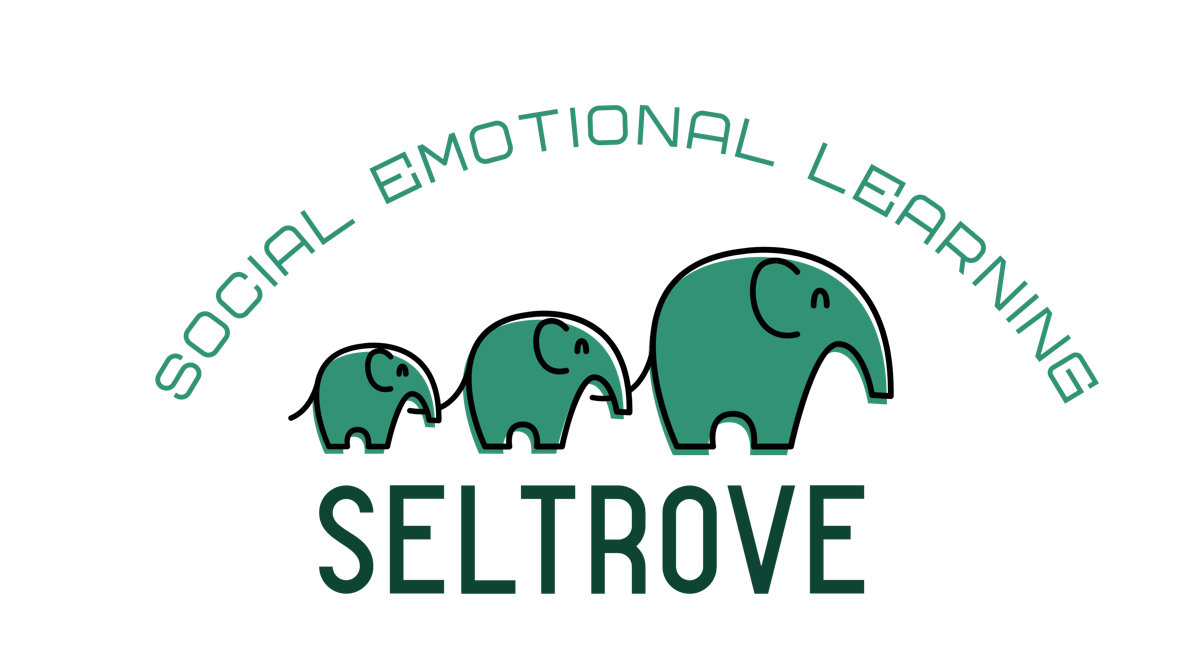How do we expect our students to feel comfortable in their learning environments, if they never see themselves?
What are mirrors and windows? The phrase “mirrors and windows” was initially introduced by Emily Style for the National SEED Project. A mirror is a story that reflects your own culture and helps you build your identity. A window is a resource that offers you a view into someone else's experience. Both windows and mirrors help students learn more about themselves so that they are open to learn more about someone else’s experience.
Our students are grappling with identity and race is a part of that so provide them opportunities that allow them to broadcast their racial and ethnic identities and be proud of it. By seeing color and learning about your students you can lift up their perspectives no matter what end of the spectrum you're on. You don't have to agree with your students' perspectives but honor their unique experiences. Show them that you see those unique experiences by teaching about them and sharing them with your classroom. On the walls, in the curriculum and in your conversations, offer those windows for them.
In my dance class, I invite a variety of guest instructors from around the world so that my students are aware of other cultures in an environment that embraces them. When they learn a dance combination or listen to an interview from a guest teacher that looks like them, they are able to truly see themselves. Over the course of the school year I've featured African American professional artists, performers from Italian, Indian and Chinese cultures, while still discussing Western culture in dance. When they recognize that there are leadership and professional opportunities given to people who look like them, they may see a light that was never ignited before. They may begin to understand that they are able to have a seat at the table and that their voice matters.
I have a colleague who is a History teacher and while he has to follow a certain curriculum so that his students grasp their learning goals, he embeds much more into his personal curriculum. He provides windows by bringing in diverse mentors and guest speakers monthly to his classroom, even virtually. He is a mirror for many of the young African American men in his class yet the windows he provides will help them to become tolerant in their future.
Here are three reasons why it is necessary to create windows and mirrors in your teaching environment.
More Teacher Tools
To learn more about social awareness and equity, subscribe to our Equity Workshops. Find out more about this bundle here.
Write your awesome label here.
More SEL Teacher Workshops
Identity Workshops
Focus on teaching and supporting your students as they navigate their identity, explore their emotions and develop self-management skills
SEL Foundation Workshops
The SEL Foundations bundle gives you all the information, practice, and resources you need to use SEL-aligned teaching practices with confidence.
Healthy Well-Being Workshops
Learn how to teach students about their own well-being including trauma-informed teaching practices and decision-making skills.
Community Workshops
Support your students as they navigate tough social situations and create healthy relationships.
Student SEL
Classroom-Ready Curriculum
Find no-teacher-prep SEL curriculum for your Kindergarten through 12th grade students with the Seltrove student planners! Learn more about our planners here.
Write your awesome label here.
